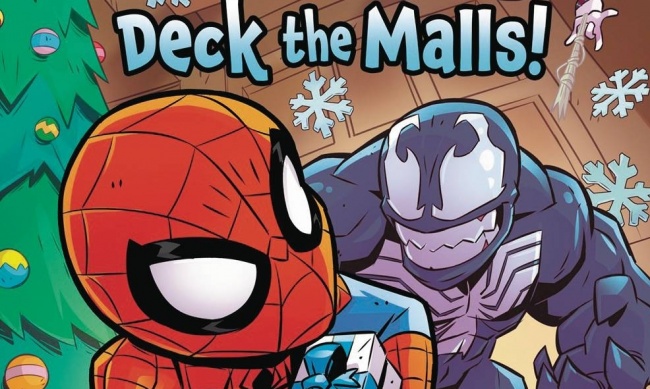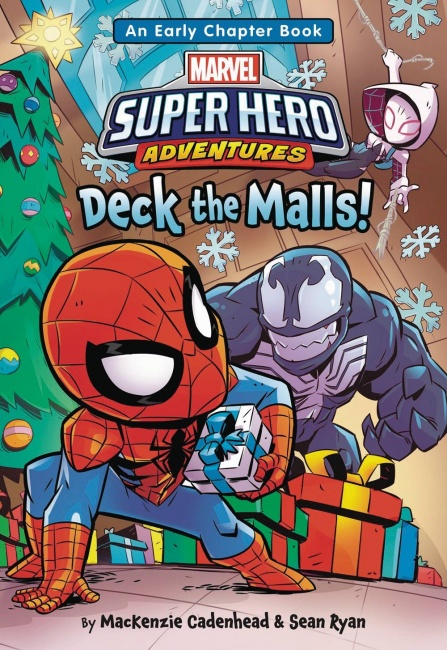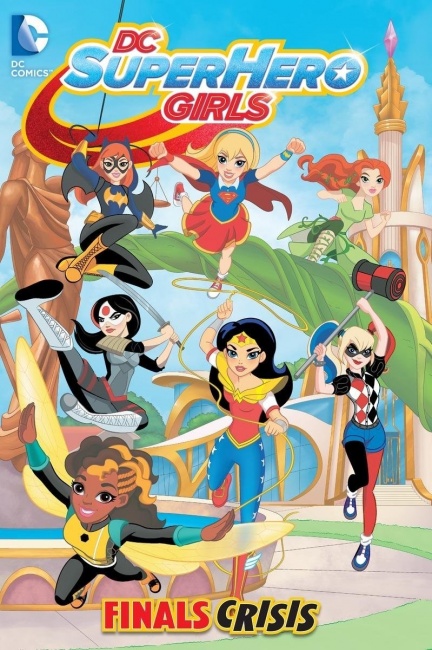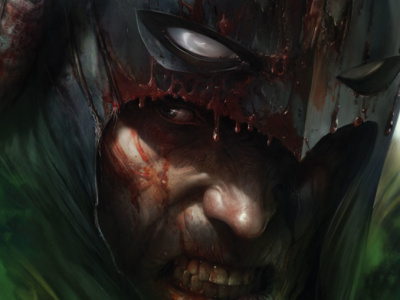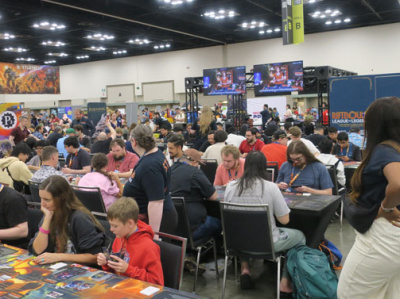Confessions of a Comic Book Guy is a weekly column by Steve Bennett of Super-Fly Comics and Games in Yellow Springs, Ohio. This week, Bennett looks at what comics are being published targeting younger readers.
There was a piece on the IGN website recently whose title contained a question which I’ve often asked myself, “Between The Panels: Why Aren’t There More Disney Comics At Marvel?” At first glance, it certainly seems counterintuitive that Disney owns Marvel yet licenses so many of its franchises to other publishers (IDW, Joe’s Books, etc.). It’s understandable that Disney outsources its cartoon characters; Marvel’s brand has historically always been superheroes, and while they’ve repeatedly tried, Marvel has never done particularly well when it comes to making and selling comics intended for younger readers.
Or selling their own comics to kids, for that matter, which is why back in February, Marvel partnered with Archie Comics to produce Marvel Comics Digest for comic shops, newsstands and big box retailers (see “Marvel Partners with Archie for 'Marvel Comics Digest'”). Of course, that doesn’t mean Marvel couldn’t publish kids comics in the future, or even that they shouldn’t. From Disney’s vantage point, it’s undoubtedly cheaper and easier for Disney to license its comics to publishers that are already successfully publishing kids comics.
Given how well the Star Wars titles have done for Marvel, I’m continually surprised we don’t see the publisher try its hand at some of Disney's other action/adventure properties: Indiana Jones, Tron, Gargoyles, or even an old favorite (of mine, anyway) like The Scarecrow of Romney Marsh. The closest we’ve gotten has been the Disney Kingdoms titles based around theme park attractions: The Haunted Mansion and the Enchanted Tiki Room. But not Tomorrowland, which seems all kinds of strange, given the 2015 movie based on it needed all the help it could get.
We haven’t seen much in the way of brand synergy either. The closest we’ve come to an actual company crossover was 2013’s animated Phineas and Ferb: Mission Marvel special where the preteen super scientist brothers met the cast of Disney XD’s Marvel’s Avengers Assemble. While DC has given us Wonder Woman/Tasmanian Devil, Martian Manhunter/Marvin the Martian, Legion of Super-Heroes/Bugs Bunny and Batman/Elmer Fudd I continue to wait for one single measly issue of Mickey Mouse/Agent of S.H.I.E.L.D.
I spent the next twelve hours ruminating over the possibilities of what a Marvel Comic done by Disney would look like. Then, the next day. I read the follow up piece on the project on Bleeding Cool "MacKenzie Cadenhead To Write Disney Spider-Man Book ‘Deck the Malls!’, With Christmas Venom." From this I learned several new things. First, that it was being done by MacKenzie Cadenhead and Sean Ryan. Second, the line is called Marvel Super Hero Adventures, and it will launch on September 5.
Being Captain Oblivious, I didn’t notice the most significant thing about it, which was right there in the announcement. They key word being "book." Deck the Malls isn’t a comic, but rather an Early readers chapter book -- Perfect for ages six and up!” and it’s "Filled with full-color illustrations and non-stop action, this series is perfect for the next generation of littler Super-Heroes!" In short, it was a book, not a comic book.
Which serves as a handy reminder of our current reality: kids do read comics, but mostly they don’t read them in the monthly pamphlet format.
In support of this hypothesis I present into evidence a piece from the NPR website by Petra Mayer, "Yes, Some Comics Are For Kids -- And They’re Big Business." Before attending this year’s Comic-Con, Mayer "checked in with Lucy Strother, a fourth-grade teacher in Philadelphia whose students just love comics." She quoted Strother as saying: "We have like a comics and graphic novels bin in the library and it's perpetually empty because the kids are so obsessed with comics and graphic novels."
A lot of these graphic novels are coming from smaller publishers, like First Second. At Comic-Con, Mayer stopped by their booth and spoke with its editorial and creative director Mark Siegel, who said; "We've just jumped from 23 titles a year to 40 in young readers. We've not reached the limit of that market, by far. By far."
A lot, but not all. In Mayer’s words, the DC SuperHero Girls graphic novel series "has been a massive, unexpected hit." She quotes DC Entertainment Publisher Jim Lee as saying, "And so that's given us the confidence and the foundation to essentially do a young reader line."
Just how big of a hit are the DC SuperHero Girls graphic novels? According to a piece on The Hollywood Reporter, "'DC Super Hero Girls' is DC’s Most Popular New Series," DC Entertainment senior vice president of sales John Cunningham said, "If I look at books we shipped out of [DC’s book market distributor] Penguin Random House last year — books shipped to bookstores — DC Super Hero Girls: Finals Crisis was our No. 2 book on units. Our No. 1 book was The Killing Joke."
"So our list goes, Batman: The Killing Joke, DC Super Hero Girls: Finals Crisis, Suicide Squad Vol. 1, Watchmen, Preacher. And what that number [for DCSHG] doesn’t include is our Scholastic Book Club sale, which is of a quantity which is greater than what I show shipping out of Penguin Random House."
Which just goes to show you, kids will read comics when there are comics that they want to read. So now it’s just a matter of whether we want to sell the kind of comics that kids want to read.
The opinions expressed in this column are solely those of the writer, and do not necessarily reflect the views of the editorial staff of ICv2.com.



